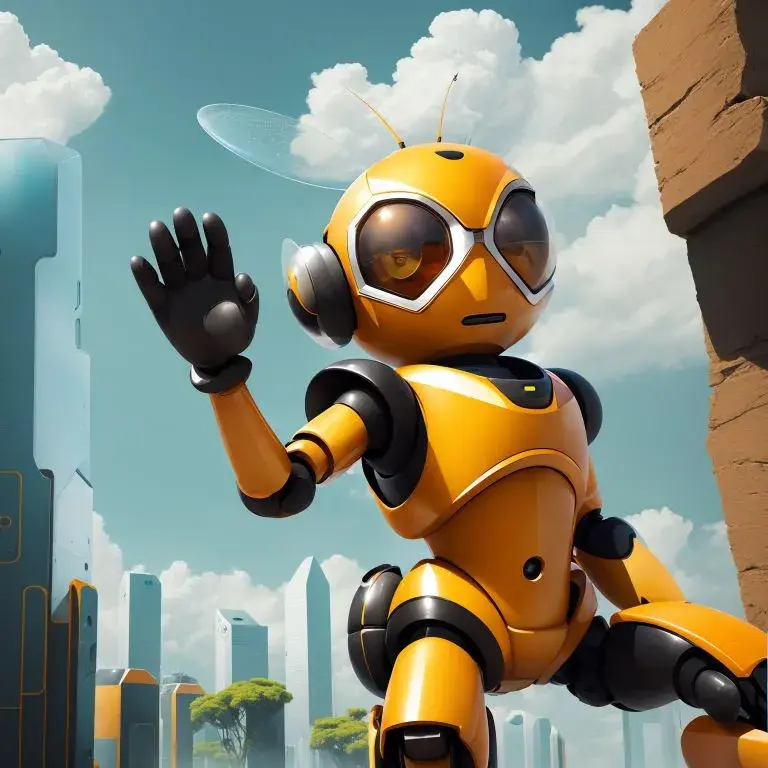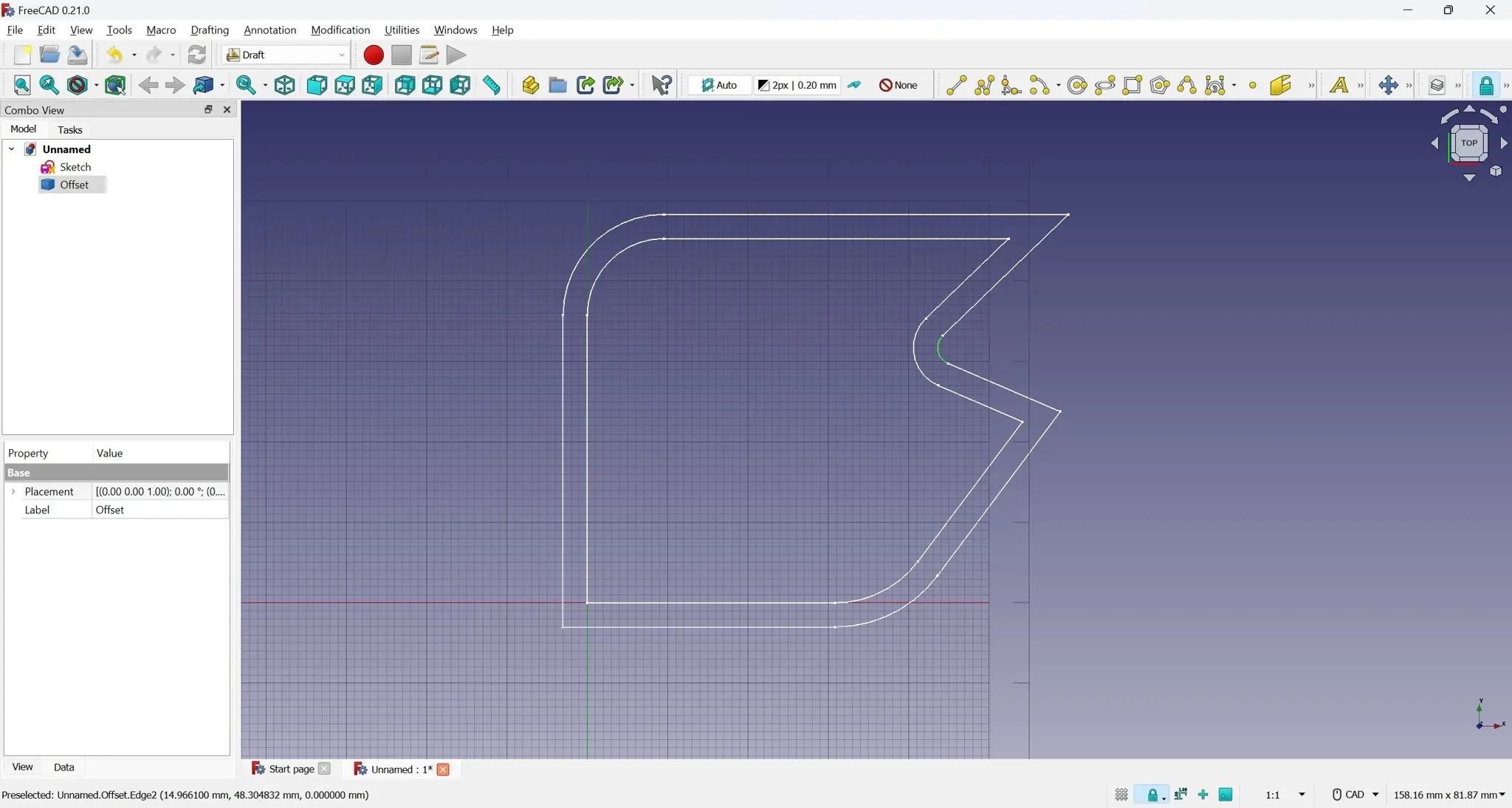

I’m sure the EU will love that bit of malicious compliance that apple have shown they will use to remove non-malware that they just don’t approve of using the same mechanism…


I’m sure the EU will love that bit of malicious compliance that apple have shown they will use to remove non-malware that they just don’t approve of using the same mechanism…


Not sure if this is what you’re talking about but RIP the coolest media that never got to production https://en.wikipedia.org/wiki/Holographic_Versatile_Disc


INB4 trust fund babies and gormless capitalists go and ream every last fucking cent from the brand destroying it in the process before moving on to the next thing.


How is ROCm these days? I remember needing the official AMD drivers for OpenCL stuff a while ago and ROCm was in very early development.


I mean offsetting complex shapes in one go.
Just randomly throwing together an example:




I don’t even mind the UI that much,
Agree to disagree.
From what I remember something as common as offsetting lines in a sketch required switching away from the sketch workbench into the draft workbench and exiting the sketch editor altogether.


FreeCAD feels like it’s where Blender was before version 2.8. The core functionality is there but the UI feels almost user hostile.


I mean if you pay attention most social media inundated with influencers and companies is basically:
“Buy this, no buy this, buy this instead, spend your money here!” It even leeches into everyday conversations outside of social media.
Pay attention to how often people talk about buying things and newly released products. Hell, I’ve caught myself contributing to it. It’s kind of gross when you realize how steeped in consumerism nearly everything has become.


What I’m getting from this is that some monopoly busting is sorely needed.


What happens if you take a picture of the screen with your phone? Not ideal in terms of quality but I’m willing to bet it would work as a stupid easy bypass.
What I’d like to see is an image format that is digitally signed by default so that modifications can be flagged and the source can be verified. Yeah people could modify them for malicious use cases (I don’t think it will be possible to ever prevent that unfortunately) but at least we’d know that it wasn’t the original. This doesn’t work for cases where people want to be anonymous but for things like social media selfies and posts where people are visible it could be helpful in preventing people spreading deepfakes and claiming they’re real.


Pure “prompt → image” with nothing in between I absolutely agree. It’s lazy and ripe for abuse by copyright trolls. That being said there’s a lot more in the world of AI assisted art than what most people are aware of.
Determining where the legal lines will be drawn is going to be a monumental task but I think there’s value in allowing authors to retain copyright on AI assisted works. I also can’t see the free open source models not going the way of restricting training data to public domain works like Adobe did with Firefly if that becomes a legal issue.


My pie in the sky hope is that copyright somehow becomes less stringent after all of this.
Don’t get me wrong I want protections for creators and support reasonable copyright (life of the author +25 years with the possibility of a 15 year extension) but letting a company lord over an IP for damn near a century isn’t ideal for anyone.


So, what you’re saying is maybe one more lane in space then? /s
FWIW, I totally agree. It’s just that I’ve lost hope in people after disposable single-use Li-Po battery banks. Who knows, maybe I’m wrong and the public will start to push more for public transit rather than buy the next new shiny.
I try, but it does feel kind of hopeless.


Hey, if someone can actually do it in a way that:
Then it may free up public roads enough to push pedestrian and bike usage while offering people a large incentive to go electric. I just don’t think the technology for personal automobile-aircraft hybrids is there yet.
I’d love to be proven wrong.


I just kind of assumed that they, as well as anyone in the space was doing that already.
Whether that means that we all collectively have ownership over the outputs of these models if they’re trained on content that we produced over the years is another thing. As someone who uses AI tools a fair bit I would be totally fine with generated content being public domain unless a threshold for human intervention is met.
That threshold is where the messy legal work lies.


They can ban google accounts of people who use those apps though. I can see them doing it.


Yeah screw that, I’ll just not use YouTube.
It wouldn’t be as bad if their website wasn’t such a spammy f*ing mess with ads. Let’s go back to the days when advertisements were just banner ads and the odd video sponsor segment.


I was thinking the absolute worst case scenario is a bad faith use of the regulatory laws aimed at Meta but put on a firehose and aimed at federated servers who don’t prostrate before them.
Things like partnering with copyright holders for automated DMCA floods for literally all images on the instance that have copyrighted content visible.
Because it’s based on fedora atomic it uses rpm-ostree, which lets you layer packages to persist between updates. Good for stuff that isn’t available as a flatpak or doesn’t work as well when installed as a flatpak. Beyond that not much, maybe if someone doesn’t trust Valve with their OS?
On SteamOS you can still kind of have non-flatpak packages persist by using distrobox.
It’s still a sandbox, just one that hasa bit more latitude in what you can install than a flatpak.edit: distrobox seems more integrated with the host OS than I thought